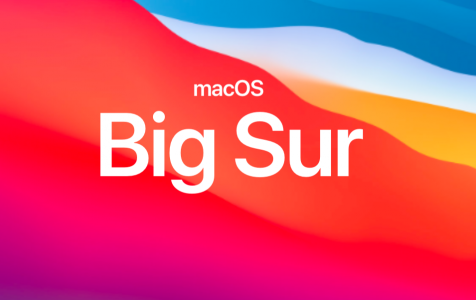Eclipse IDE is a popular choice for running Java code on Mac. It offers essential tools for writing, compiling, and running Java code, including a Java IDE, Git client, XML Editor, and integration with Maven and Gradle.
Eclipse usually works great with Macs. Developers involved in developing applications for macOS find this universal tool platform a great help. Unfortunately, Eclipse was one of the pieces of software affected by the upgrade to Big Sur. For some reason, Eclipse does not work after Big Sur update and users are getting errors when using the platform. In some cases, Eclipse fails to even launch at all.
Here is an example of the error message the users are getting:
The JVM shared library “/Library/Internet Plug-Ins/JavaAppletPlugin.plugin/Contents/Home/bin/../lib/server/libjvm.dylib”
does not contain the JNI_CreateJavaVM symbol.
Or this pop-up:
Alert! Failed to create the java virtual machine
Pro Tip: Scan your Mac for performance issues, junk files, harmful apps, and security threats
that can cause system issues or slow performance.
Special offer. About Outbyte, uninstall instructions, EULA, Privacy Policy.
This issue has a huge impact on the development timeline of applications the developers are working on. And this is just one of the issues that have been plaguing Mac users who upgraded to macOS Big Sur.
Why Eclipse Does Not Launch in Big Sur
Just like other apps that broke down after the Big Sur update, Eclipse does not work well with the new macOS because of compatibility issues. Big Sur came with a lot of changes, not only in terms of UI, but under the hood as well. And one of those changes might be causing the error you’re getting when using Eclipse.
This problem is common when you update your operating system. Something that was working fine is suddenly having trouble running in the new system. At times, the fault lies with the developer who failed or forgot to update the app to make it more compatible with the new OS.
Corrupted files can also be the reason behind this issue. When the files associated with the software get damaged, the performance will be greatly affected. If you have an antivirus, try running a scan to see if malware is the culprit.
No matter what the reason is, fixing this error as soon as possible shouldn’t be that complicated. We’ve listed down the solutions below to help you sort this problem out.
What to Do if Eclipse Does Not Launch in Big Sur
If Eclipse is suddenly not working on Big Sur, here are some of the steps you can take.
Solution #1: Reboot your Mac.
The simplest solution is to restart your Mac. Click the Apple menu > Restart to give your Mac a fresh start. Rebooting usually fixes minor glitches and temporary issues your computer might be experiencing. After restarting, you can try to launch Eclipse again to see if you’ll be successful this time.
Solution #2: Update Eclipse.
To avoid issues caused by outdated software, you can check for pending updates either through the Mac App Store or directly from the manufacturer’s website. If you’re concerned about corrupted files interfering with the update, you might consider using a tool like Outbyte macAries to scan and manage such files. However, ensure the app fits your specific needs before using it.
Solution #3: Edit the Eclipse Preferences File.
Some users who were experiencing this error found success by adding a string of script in the plist file. To do this:
- Open a Finder window.
- Click Go > Go to folder.
- Copy and paste the following address: /Applications/Eclipse.app/Contents/Info.plist
- In the file, add the following script: <string>-vm</string><string>/Library/Java/JavaVirtualMachines/jdk1.8.0_201.jdk/Contents/Home/bin/java</string>
- Make sure to replace the <string> value with your own JAVA_HOME.
Close the app and restart your Mac before launching Eclipse again.
Solution #4: Edit the Info.plist and set the -vm value.
Here’s another trick you might want to try:
- Install the latest Eclipse version or update your current version.
- Right-click on Eclipse.app, then click Show Package Contents.
- Open the Info.plist file with a text editor.
- Add -vm/Library/Java/JavaVirtualMachines/jdk1.8.0_191.jdk/Contents/Home/bin/java under the key Eclipse.
- Edit/Java/JavaVirtualMachines depending on what version you have.
- Next, close the file and relaunch Eclipse to see if it worked.
Solution #5: Re-install openJDK VM.
To fix this issue, you can also try deleting the openJDK VM and reinstalling it. To do this:
- Open a Finder window.
- Click Go > Go to folder.
- Copy and paste the following address: /Library/Java/JavaVirtualMachines
- Look for the openJDK folder and drag it to the Trash.
- Reinstall openJDK.
- Open the Applications folder and right-click on Spring suite > Show Package Contents.
- Edit file Contents/info.plist and add this string on Solution #3.
Wrapping Up
The above steps should help you resolve this error, but keep in mind that most of these steps were suggested by other Eclipse users as well. Some might work for you while others may not. All you need to do is work your way down the list until you find the solution that works for you.
